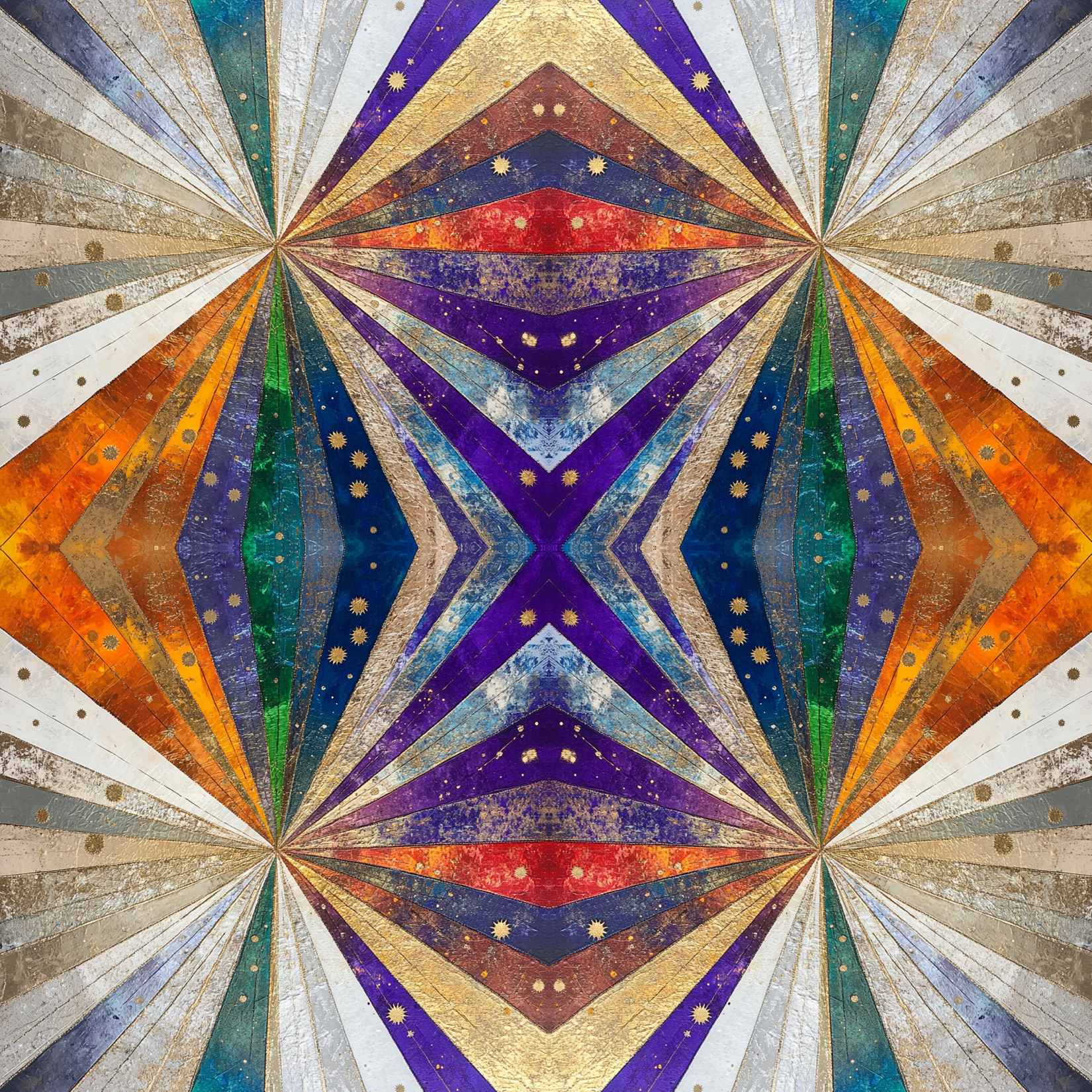Frankenstein by Mary Wollstonecraft Shelley
Mary Shelley’s Frankenstein is one of my favorite books to read and design. I had a lot of fun coming up with these AI-generated Frankenstein illustrations. I used a variety of prompts for the images, including “sci-fi,” “electricity” and “Boris Karloff style.”

I tried a variety of different fonts for the covers, from Victorian style to Futuristic. I let the AI determine the colors in the illustrations, mostly because I hadn’t yet figured out that I could specify which colors to use.

I changed the basic layout for these three covers. I didn’t want the text to cover up the images, so I began by placing the title at the top of the cover and author name at the bottom. I think the designs with the black background and colored text are easier to read, but I also like the cover with the text placed over the image.

Classic Book Cover Design: Abstract Artwork
The AI can generate endless types of abstract images and patterns. When I first started my classic book cover design project, I was looking for artwork that showed a person or place from the book.
These are some of the abstract images and layouts that I came up with to hopefully reflect some aspect of the books. I also varied the fonts to reflect the topic or time period of each book.

Anna Karenina, Leo Tolstoy
I used a variety of prompt to generate the images, including “Victorian,” “Floral,” “Futuristic,” “Victorian,” and “Art Deco.” At first, I let the AI pick the colors for the images, but then I started specifying which colors to use.

1984, George Orwell
I was trying to generate futuristic looking images for these Brave New World covers.

Brave New World, Aldous Huxley
The AI came up with these images for The Great Gatsby with prompts like “Art Deco” and “floral pattern.”

The Great Gatsby, F. Scott Fitzgerald
I got a lot of Instagram likes with the first of these two Hamlet covers.

Hamlet, William Shakespeare
Henrik Ibsen’s Hedda Gabler is one of my favorite books. I was looking for images that were feminine yet somewhat on the dark side.

Hedda Gabler, Henrik Ibsen
Classic Book Cover Design: Bram Stoker’s Dracula
The AI image generator came up with endless varities of Dracula images based on the many prompts that I entered.
I started out looking for “Victorian” Draculas, moved on to “Edwardian,” and then tried many differents styles of artwork, including “Sci-Fi,” “Futuristic,” and “Impressionist.”.
I broke out of setting the title in a colored bar at the top and the name at the bottom format for many of these Dracula covers. I also experimented with different fonts and colors and placing text over the artwork.








I hope you enjoyed these Dracula covers as much as I did in creating them. I’m sure I’ll be doing a lot more in the future.


















































